Last week, when someone mentioned that they had visited Texas Point, where the coastal gun positions were during the Spanish–American War and World War II, I wanted to use a photo of mine dating back to when I last went to the area. I thought the search would be easy—boy, was I wrong. On my Flickr page, which contains more than 8,000 photos, I found many of Sabine Pass, but not of this spot. Then, I checked my photographic database, which is probably three times bigger than the Flickr page, and I still couldn’t find one. So, I ended up searching the blog’s Facebook page, and I finally found what I needed. I also found many more interesting photos that I had forgotten about. Some of these were from the William D. Quick archive. There is one photo of what looks like a saloon with people near the front playing cards; other people are standing outside on the walkway, probably posing for the picture, with nine barrels dumped on the dirty street. Who are these people? What are they doing? Why? These are a few of the questions that came to my mind.
I would assume that the photograph was taken in the 1890s. According to Blanche Morgan’s recollection of early Port Arthur, you could have seen the same scene around 1905. I will also throw in the Catfish Hotel in Sabine from the 1860s. No one went thirsty in those days. Although no one in the photo resembles Dutch Margaret, I doubt that someone was assaulted with a parasol. I’ll leave a link at the bottom of the page for this story. I think Sabine Pass was the Wild West before the Wild West existed. I guess I’d have to talk to Sam Houston about this because he’s one of the folks who founded the city.
One mystery that has intrigued many is the legend of John McGaffey’s gold. According to historian W. T. Block, it’s folklore. However, in the past, many people have searched for the gold booty of the Spanish, which Josiah Carton stated was buried by pirates on a beach in the area. My first thought was the following: If he knew where it was, why didn’t he dig it up? Legends are fun until people start desecrating cemeteries looking for precious metals. “In 1936, one hunt resulted in considerable vandalism to an above-ground brick burial vault in McGaffey Cemetery, so desecrated that bones were left scattered about on the ground.” I’ll leave a link to W. T. Block’s article at the bottom of this blog.
There are many legends in our area; some are more factual, while others are more speculative. The Bragg Road/Saratoga lights? Maybe. Sarah Jane Road? I’ll leave a photo that shows that Sarah Jane Bridge did not exist in 1938. By the way, there were no trees to hang oneself from on that nonexistent road. If you are interested in reading my 15 minutes of fame, which came with no monetary value, you can check out the links to the “Legend of Sarah Jane” and our antics on Bragg Road. These two are my most popular articles by far. People like spookiness. If you know of any spooky stories here in SETX, then get in touch with me at rediscoveringsetx@gmail.com.
I hope everyone had a happy holiday and an amazing time at your local fireworks show. I know Nederland’s display went off without any incidents. There was no word from Beaumont, but I’m sure that the Beaumont Camera Club was there to document the display’s awesomeness. I’m only bringing this up because in Port Arthur there was a “situation”. No one got hurt, but there may have been a snafu in terms of firework etiquette. It does suck when you are launching fireworks during a drought. Nothing major happened except a grass fire, which was put out with the help of the fire departments of Port Arthur and Bridge City. But that photo by Ricardo Chavez was awesome! Photo Credit: Ricardo Chavez. Story by KBMT 12 News Now.
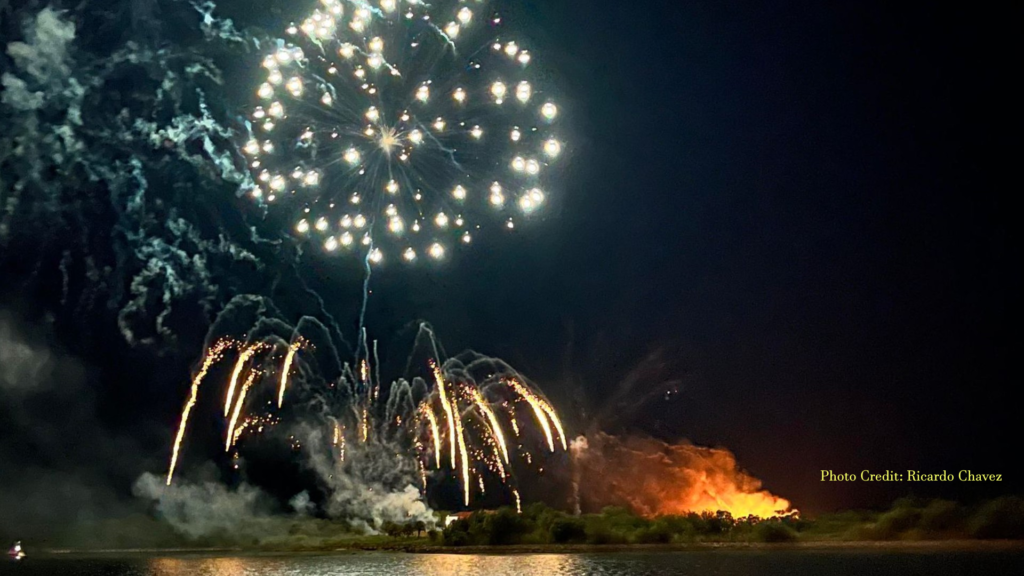
I know the Port Arthur fireworks display well. I was lucky to have the keys (with permission) to set up on what I call a hill, though it’s actually a wave brake. To translate from engineerspeak, a wave brake is a barrier placed on a property to save its structures from being destroyed during a hurricane. Not to spoil the ending of this episode, but it didn’t work during Hurricane Ike, and it took 10 years for them to rebuild. During that time, I took my first photos of the fireworks show, locked in a property away from the public. Yes, I lost a lot of blood because you don’t use DEET or anything else around lenses. I was new, okay, and I preferred having my blood sucked out of me than ruining a shot with slimy hands. I took some nice pictures. However, in the end, I figured that hanging out in Beaumont to photograph the fireworks was much less blood consuming.
Well, I have many links this time, but some of them are worth a click. This week, Facebook stole all the good parts of Twitter and put them into Threads. I am on it, and the reason I will be putting my blog there is that Instagram doesn’t do links. Also, the only reason I’m on Instagram is that I hate Facebook, which owns Instagram. I digress. Don’t follow me on Instagram unless you are okay with bog witches, World War II, Tankery, and cats. You have been warned.
Until next week.
Flickr photo page: https://www.flickr.com/people/25032584@N05/
Blanche’s Journey: https://www.rediscoveringsetx.com/2014/04/16/blanches-journey-an-early-look-at-life-in-port-arthur/
W.T. Block Kate Dorman and Dutch Margaret: http://www.wtblock.com/wtblockjr/catherin.htm
John McGaffey’s Gold by W.T. Block: https://www.ned.lib.tx.us/john1.htm
Legend of Sarah Jane: https://www.rediscoveringsetx.com/2012/10/23/legend-of-sarah-jane-road/
Legend of Bragg Road: https://www.rediscoveringsetx.com/2012/10/30/legend-of-bragg-road-saratoga-light/
12 News Now Port Arthur Fireworks Display: https://www.12newsnow.com/article/news/local/port-arthur-fireworks-display-ignites-fire/502-86392137-c3fa-4928-a605-6db67babad9d
Flickr Fireworks Port Arthur (2014): https://flic.kr/s/aHsjZky5Pj
Instagram: https://www.instagram.com/paulprosperie/

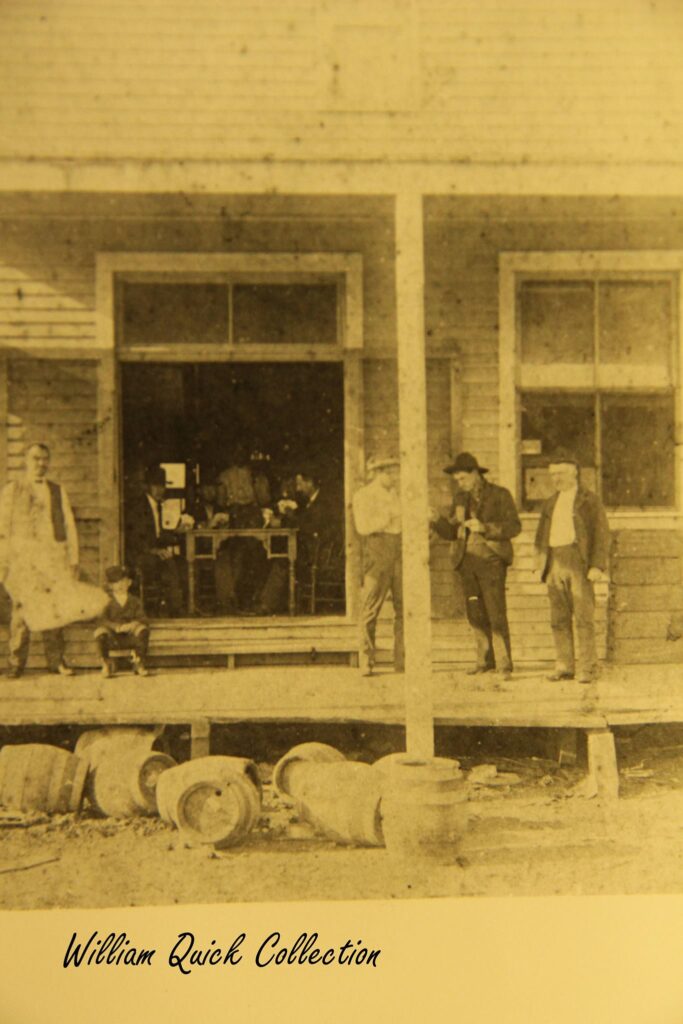
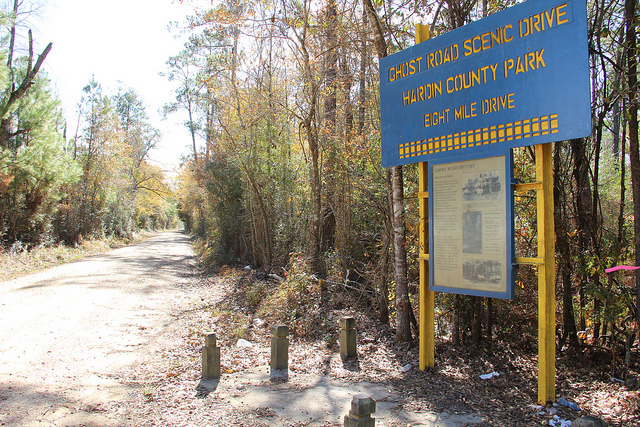
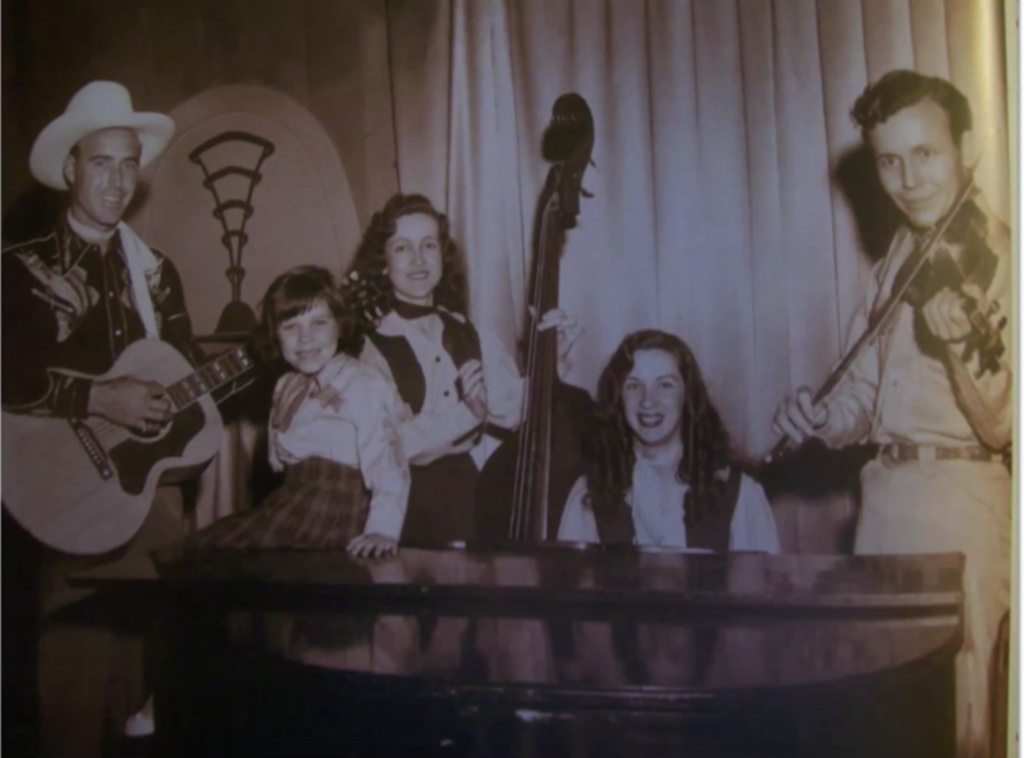
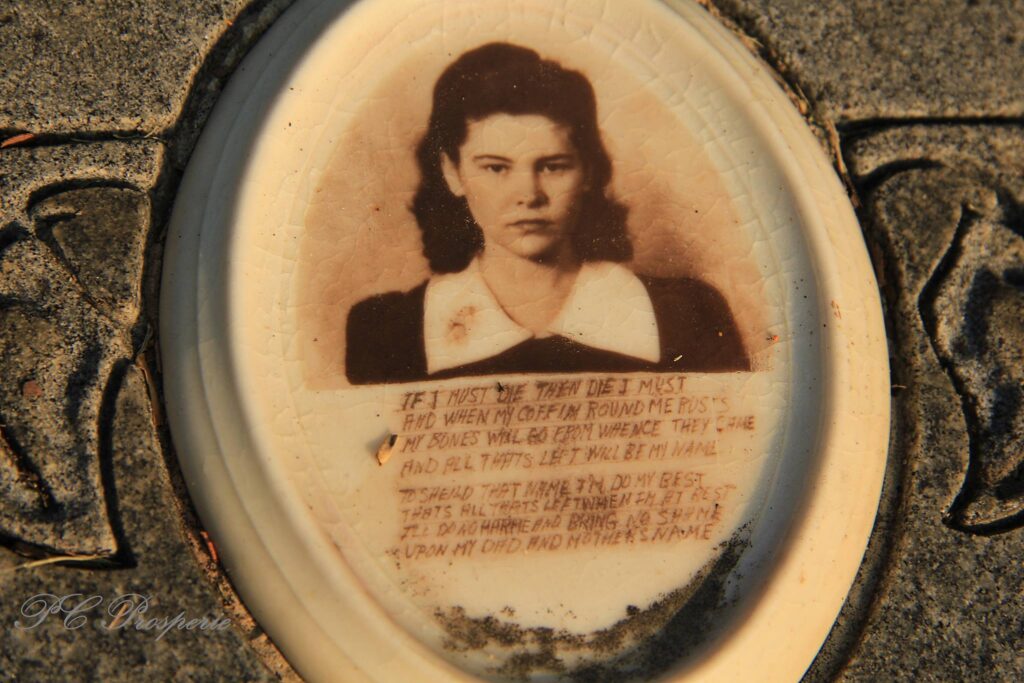
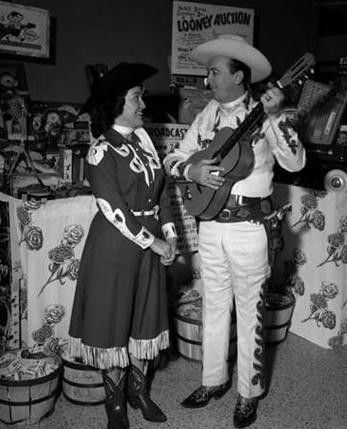
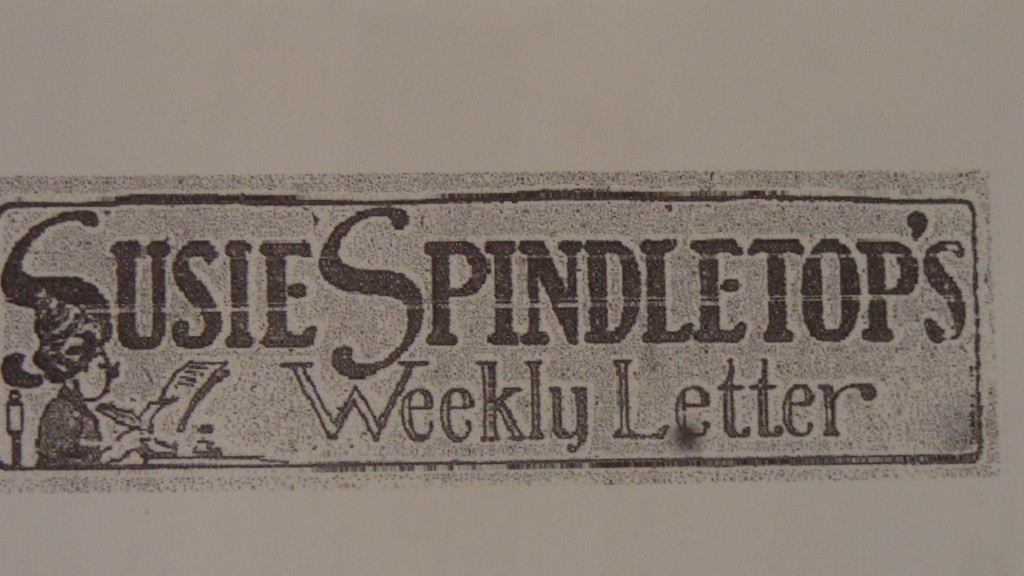
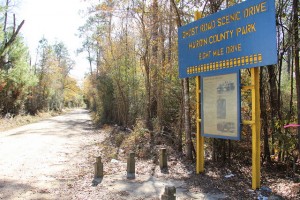
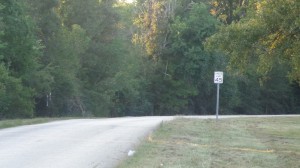
You must be logged in to post a comment.